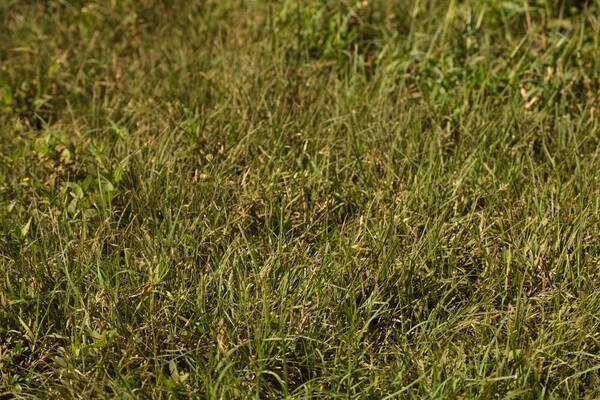Info
Subfamily: Chloridoideae
Genus etymology: Bouteloua = honorific for Claudio Boutelou (1774-1842)
Species etymology: dactyloides = "resembling fingers" [Latin] refering to the finger-like inflorescence
Photosynthetic type: C4 (warm season)
Nativity: naturalized - intentional
First recorded in Hawaiʻi: 2022
Map

Inflorescence






Plant


Spikelets


Description
Plants perennial; usually dioecious; strongly stoloniferous, sometimes mat-forming. Culms 1–30 cm, erect, solid, mostly unbranched, those of the pistillate inflorescences much shorter than those of the staminate inflorescences; nodes mostly glabrous. Leaves basally tufted, not clustered or strongly distichous; sheaths open, rounded, often sparsely pilose near the collar; ligules membranous or of hairs; blades usually flat basally, curling when dry, glabrous or sparsely pilose, apices involute. Staminate inflorescences terminal, usually exceeding the upper leaves, panicles of 1–3(4) racemosely arranged, unilateral, pectinate branches; branches not enclosed at maturity, spikelets densely crowded in 2 rows. Staminate spikelets with 2 florets; glumes unequal, glabrous, 1- or 2-veined; lemmas 3-veined, glabrous, unawned; anthers brownish to red or orange. Pistillate inflorescences terminal, panicles, partially hidden within bracteate leaf sheaths; branches 2–3(4), 2.5–4.5 mm, burlike, with 3–5(7) spikelets; disarticulation at the base of the panicle branches. Pistillate spikelets with 1 floret, almost completely enclosed by the upper glumes; lower glumes irregular and reduced; branch axes and lower portion of upper glumes globose, white, indurate, terminating in 3 awnlike teeth; lemmas firmly membranous, glabrous, 3-veined, unawned or shortly 3-awned. x = 10.”
(Description source: Barkworth, M.E., Capels, K.M., Long, S. & Piep, M.B. (eds.) 2003. Flora of North America, north of Mexico. Volume 25. Magnoliophyta: Commelinidae (in part): Poaceae, Part 2. Oxford University Press, New York. 783 pp. http://floranorthamerica.org/Bouteloua_dactyloides )